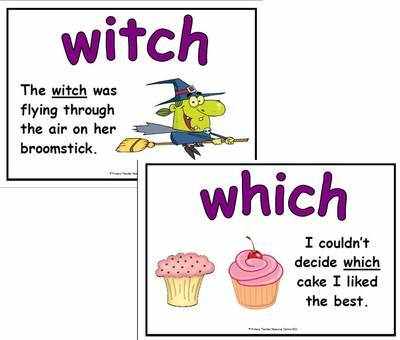A passage to India
Viewpoints page 265
1)
Look up the words “rural” and
“urban” in a dictionary and find out what they mean.
Urban: Of,
relating to, or located in a city, characteristic of the city or city life.
Rural: Of,
relating to, or characteristic of the country, relating to people who live in
the country: rural households or relating to farming: agricultural.
2)
What are the differences between
rural and urban areas in Norway? In India?
The rural
areas in Norway are characteristic of the country, like harvests (hunting,
fishing, collecting etc.) and cultivating the ground. It is sparsely populated,
often with agriculture and rural household.
The
urban areas in Norway are characteristic of the city and the city life, where
you can find population, production, byes and sales.
In
India, to comparison, the rural areas are for the poor people and the urban
areas are for the new middle- and upper class. 70 % of the India’s population
live in rural areas.
3)
“If everyone in the world consumed
as much as people in industrialized countries do, we would need eight (!)
planets as big as the Earth to meet their demands”. Comment in this statement.
This
statement is frightening, and it makes us think. Our consumption in
industrialized are too high, and we have to do something about it. It is sad to
see the differences and contrasts in this world, but if we all had been wealthy
and consuming, this Earth would have been too small for our needs. We have to
have clear differences between rich and poor if we continue this lifestyle.
If we
start consuming less, reusing more and think about the future in a new way, we
may give others the opportunity to a better life as well.
4)
Some people in Europe and America
have changed their way of life to “simple living” in eco-villages or small
farms in rural areas. The basic idea is to go back to nature, produce your own
food, share and live in closely-knit communities. Can you think of reasons why
people choose this way of life?
I can
think of many reasons people would go back to nature, and the lifestyle that
follows. In todays society we are under constant pressure from work, Medias,
friends, family and society in general. Living up to the expectations is hard,
and it may leads to health threats as well. By giving up this lifestyle, to
live of the land and starting over with basic ideas, you can let go of many
problems, worries and stress.
5)
Make a list of rules for “simple
living”.
-
Give
up the things you do not need
-
Live
without electronically equipment not necessary
-
Cultivate
your own vegetables
-
Live
simple, give up worries
-
Appreciate
life for what is worth
-
Recycle
and reuse
6)
What are your three top priorities
in life?
-
Help
people through work and life in general.
-
Live
a happy life, with a family I love and care for.
-
Feel
satisfied with the things I have achieved, and myself.






